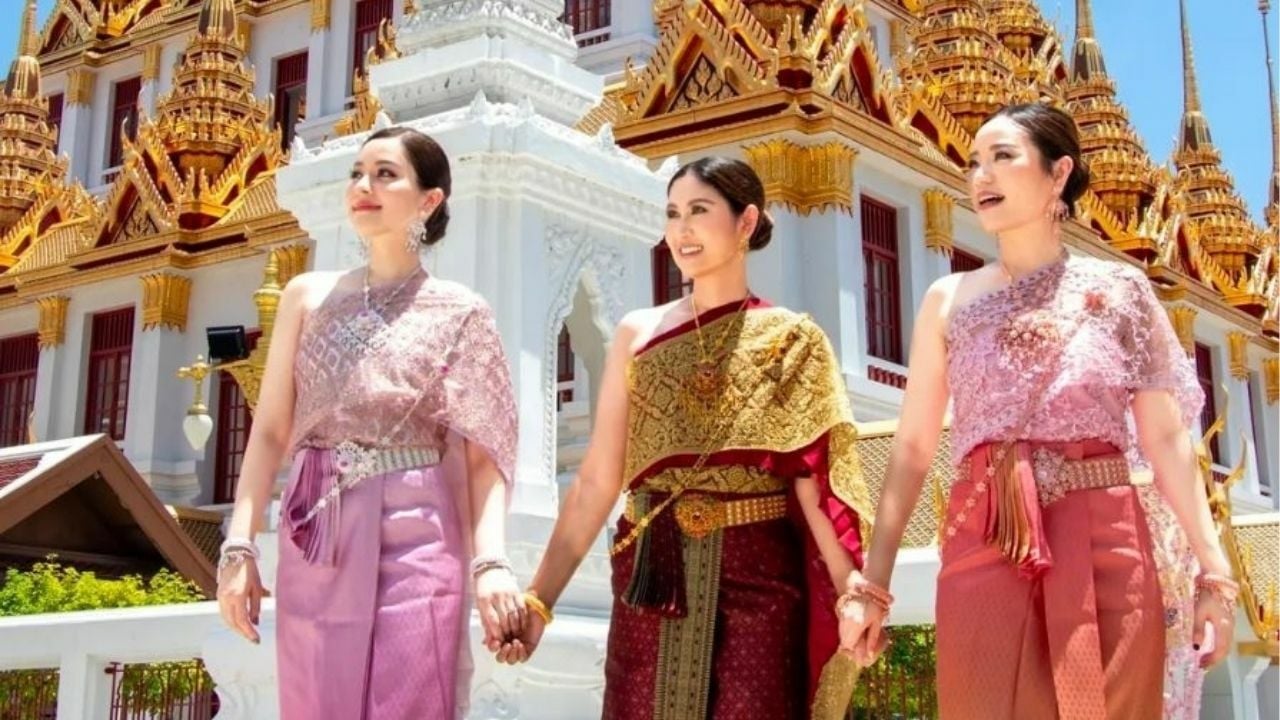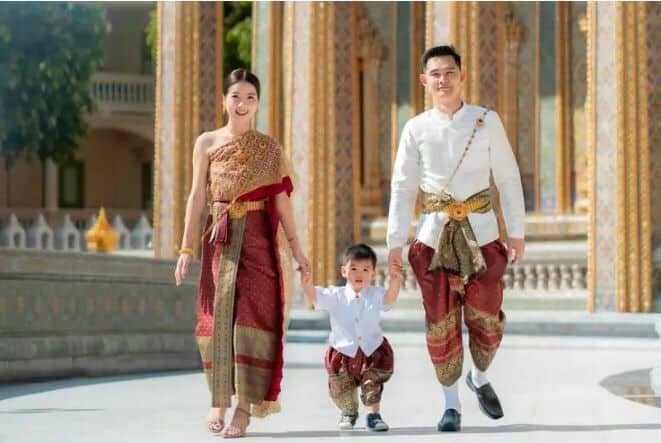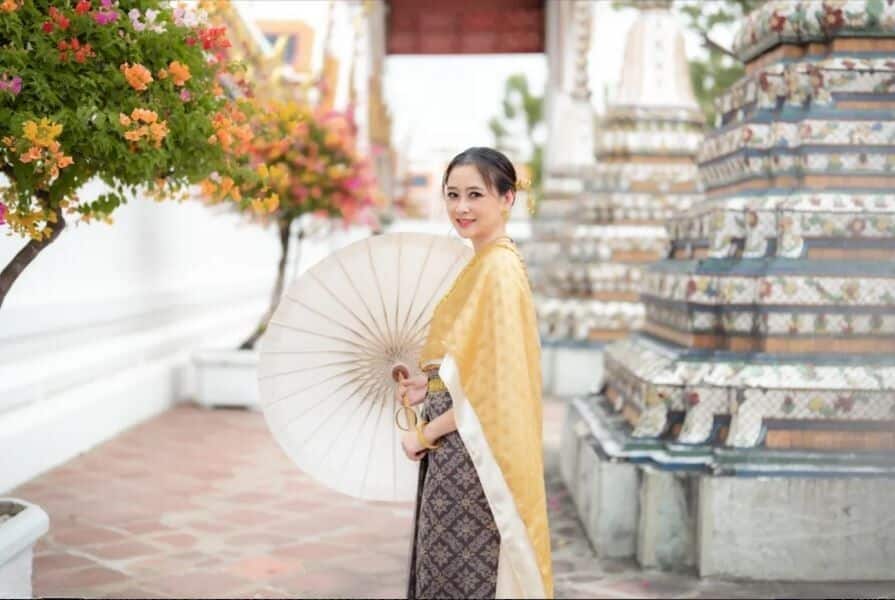

The Ministry of Culture has formally proposed the traditional Thai costume, Chud Thai, as an intangible cultural heritage item for consideration by the United Nations Educational, Scientific and Cultural Organisation (UNESCO). The proposal is set to be reviewed in 2026.
The ministry has dismissed as “baseless” the social media rumours suggesting that Cambodia‘s nomination for its traditional weddings would include Thai dress elements.
Culture Ministry Permanent Secretary Prasop Riangngern confirmed yesterday, July 8, that UNESCO has acknowledged receiving the nomination for Chud Chai: The Knowledge, Craftsmanship and Practices of the Thai National Costume.
The proposal will be examined during the 21st session of the Intergovernmental Committee for the Safeguarding of Intangible Cultural Heritage in 2026.

This initiative is part of Thailand’s ongoing strategy, initiated in 2009, to strengthen its cultural soft power and preserve intangible heritage. Currently, Thailand has 396 items listed on its national heritage register.
In 2023, Chud Thai Phra Ratchaniyom (Royal Thai Costume) was officially recognised at the national level. On March 26, 2024, the Cabinet decided to nominate it for UNESCO consideration.
Prasop described Chud Chai as a reflection of Thai identity and the exquisite craftsmanship of artisans from various regions.
He noted that each piece narrates a story through its intricate patterns, tailoring techniques, and use of traditional fabrics. The Royal Thai Costume, in particular, was revived under the patronage of Her Majesty Queen Sirikit, the Queen Mother.

The Royal Thai Costume was introduced after Queen Sirikit’s efforts to research and preserve traditional Thai women’s attire in anticipation of King Bhumibol Adulyadej’s official visit to the United States and Europe in 1960. Since then, the costume has symbolised Thai pride, worn during royal events, formal occasions, and weddings.
Prasop refuted claims circulating on social media that Cambodia’s nomination for its Traditional Khmer Wedding ceremony might include elements of Chud Thai, calling these claims baseless. The Department of Cultural Promotion has verified that the Cambodian submission focuses solely on local wedding customs and does not incorporate Thai attire.
The UNESCO heritage listing process aims to recognise cultural continuity within communities, not to assert ownership. It operates on principles of transparency, mutual respect, and coexistence in diversity.
Prasop cited the joint nomination of Kebaya traditional attire by Singapore, Indonesia, Malaysia, Brunei, and Thailand, as well as the independent nominations of Thai Khon and Cambodian Lakhon Khol in 2018, as examples of collaboration without conflict, Bangkok Post reported.
“UNESCO has always affirmed that culture is a bridge, not a wall,” Prasop said. “Thailand’s nomination of the Thai costume demonstrates pride in its heritage and a willingness to share it with the world as a common asset of humanity.”
The ministry has encouraged public support for the nominations of both Chud Thai and Muay Thai, which are scheduled for UNESCO review in 2026 and 2028, respectively.
The story Thailand nominates traditional dress for UNESCO heritage status as seen on Thaiger News.
